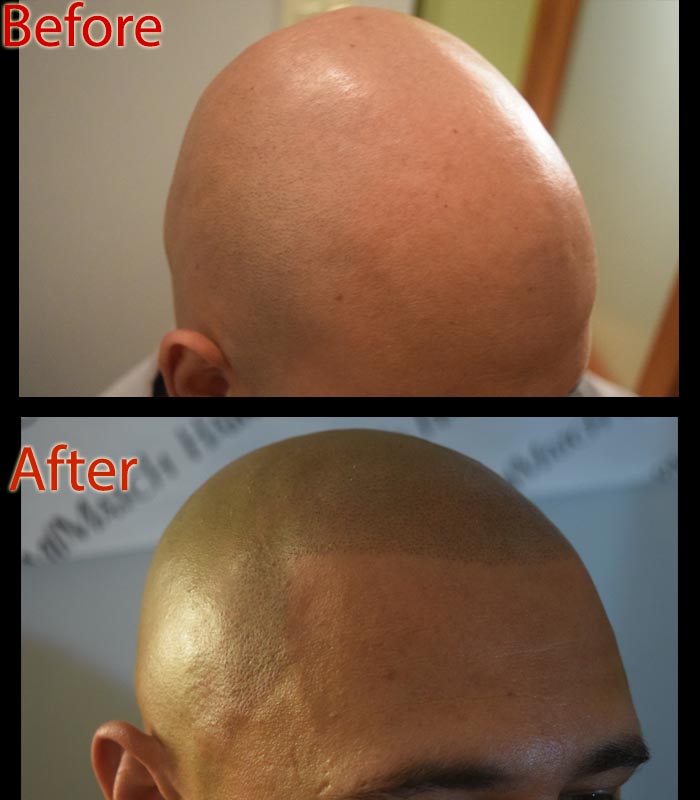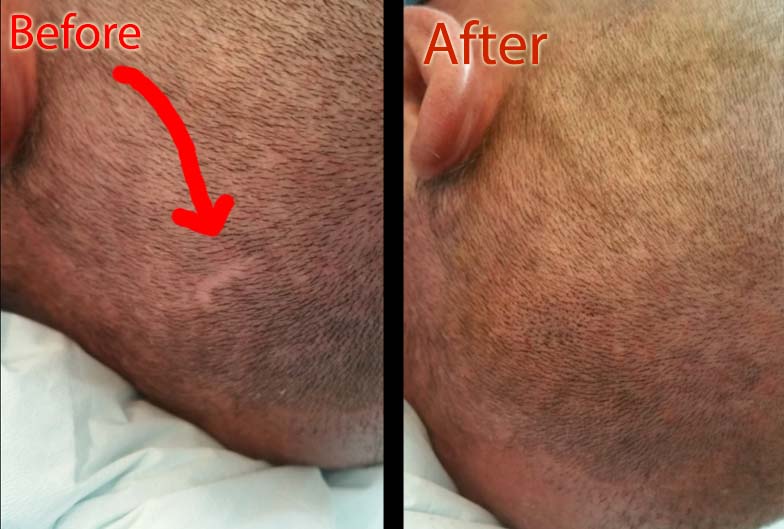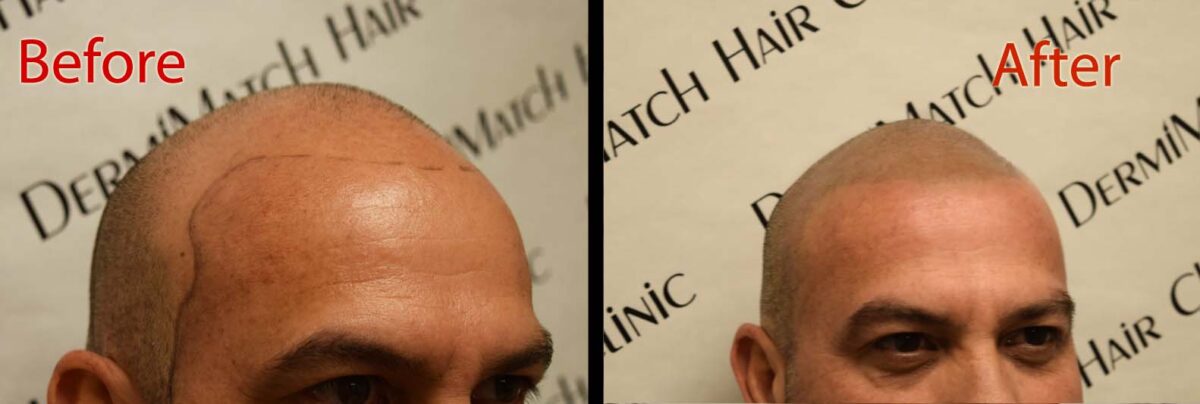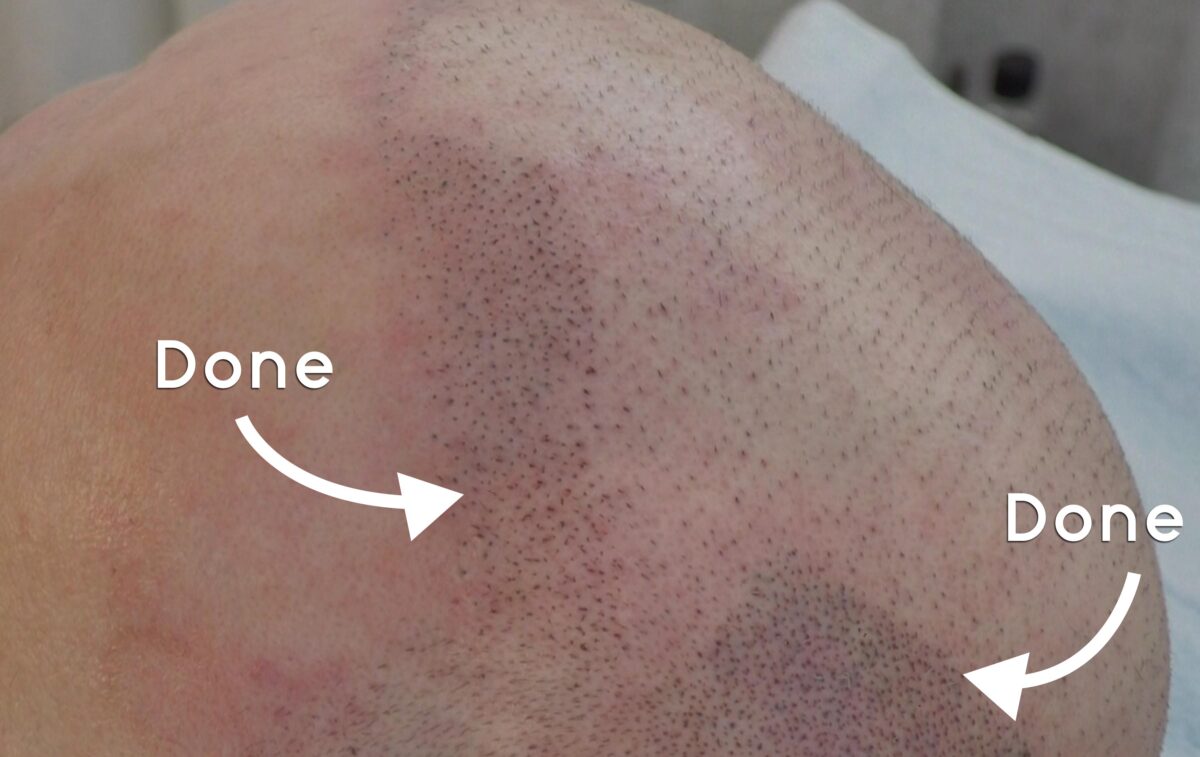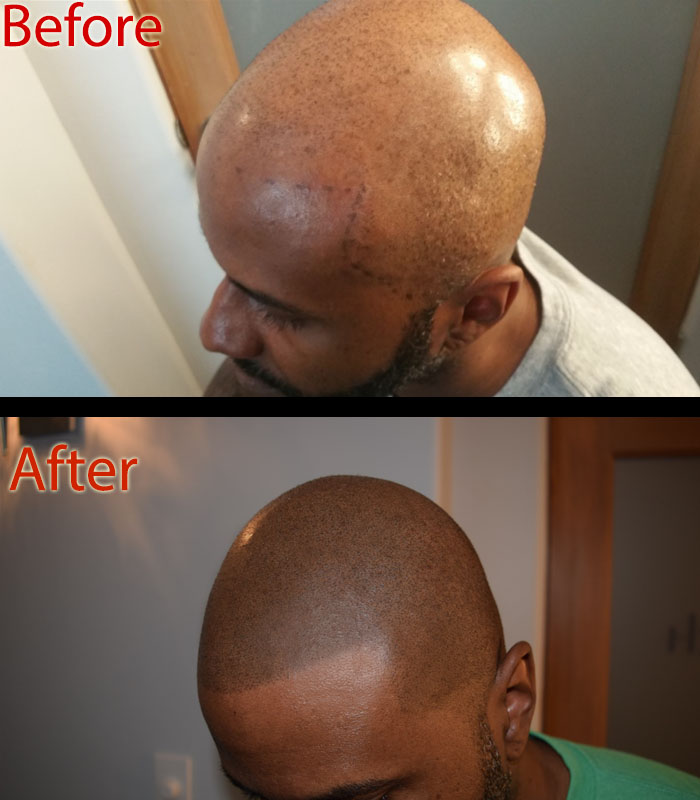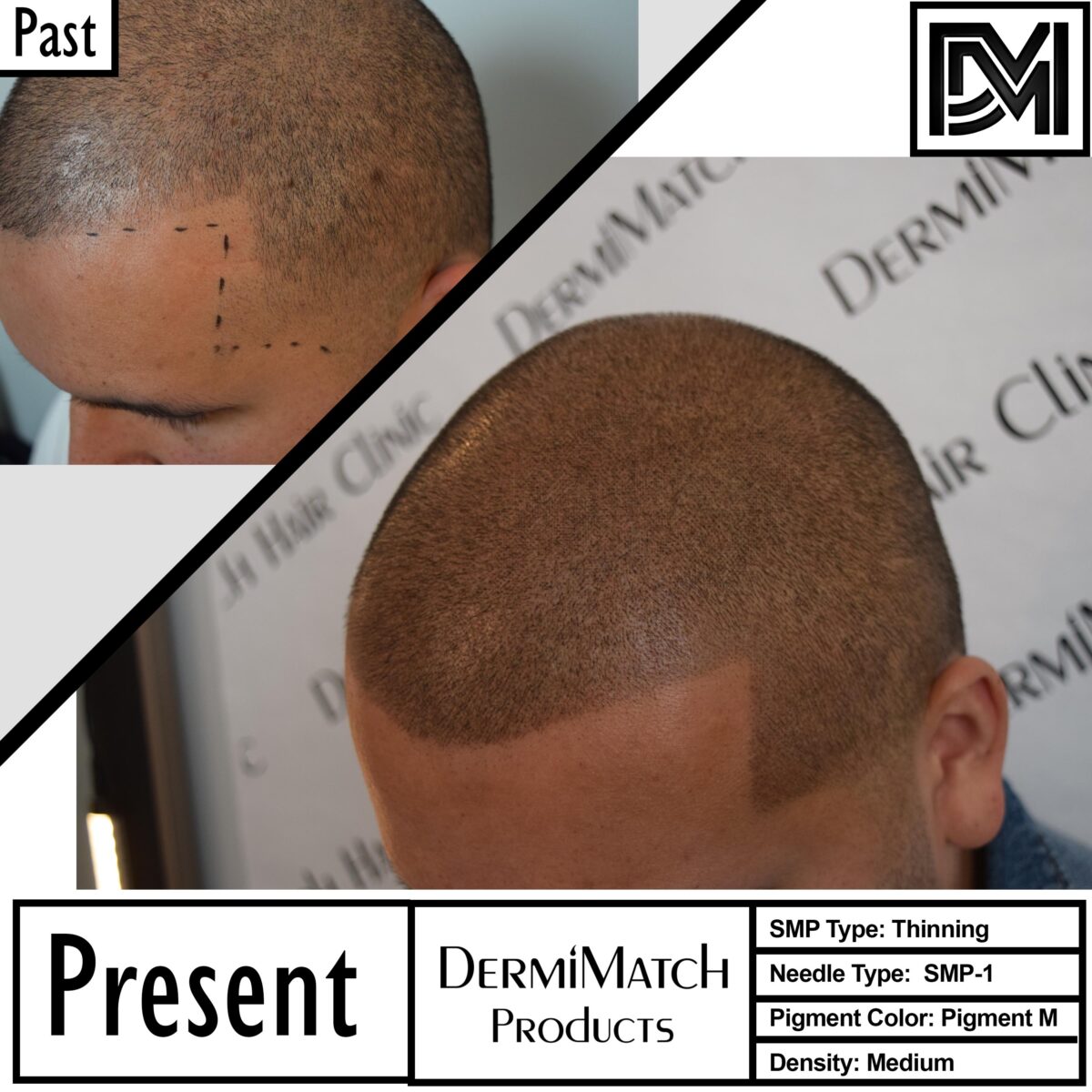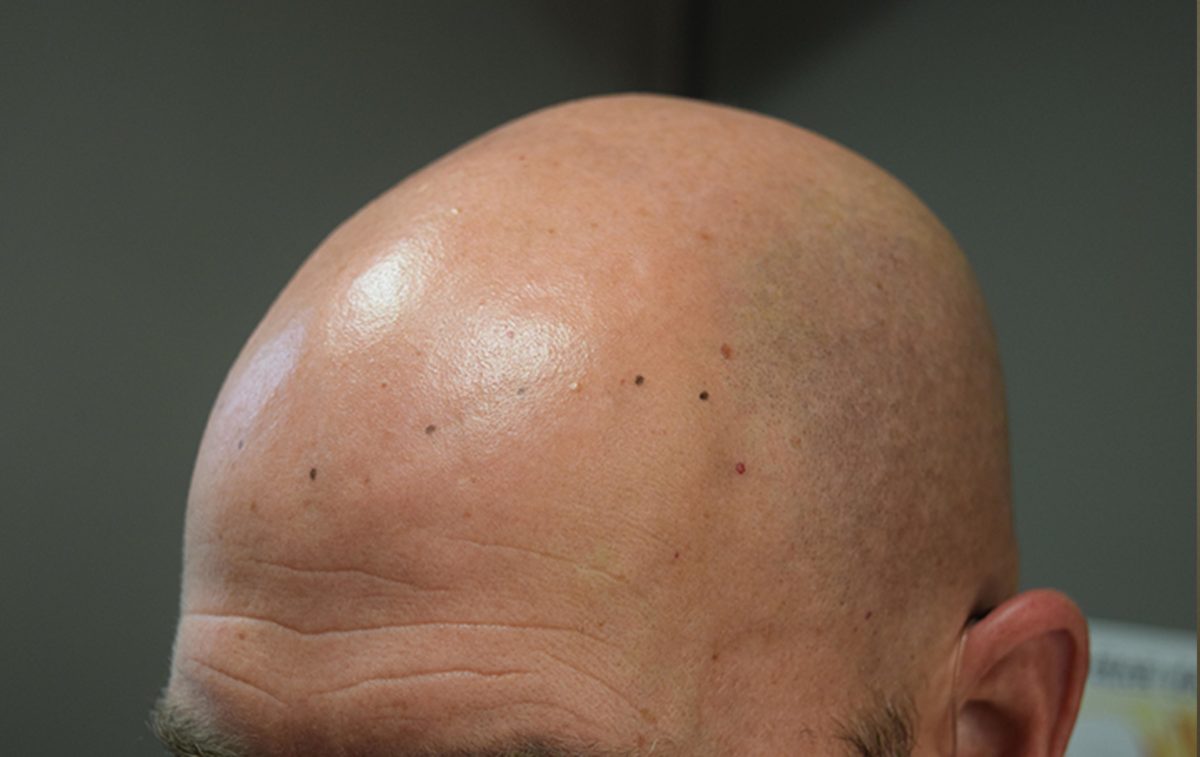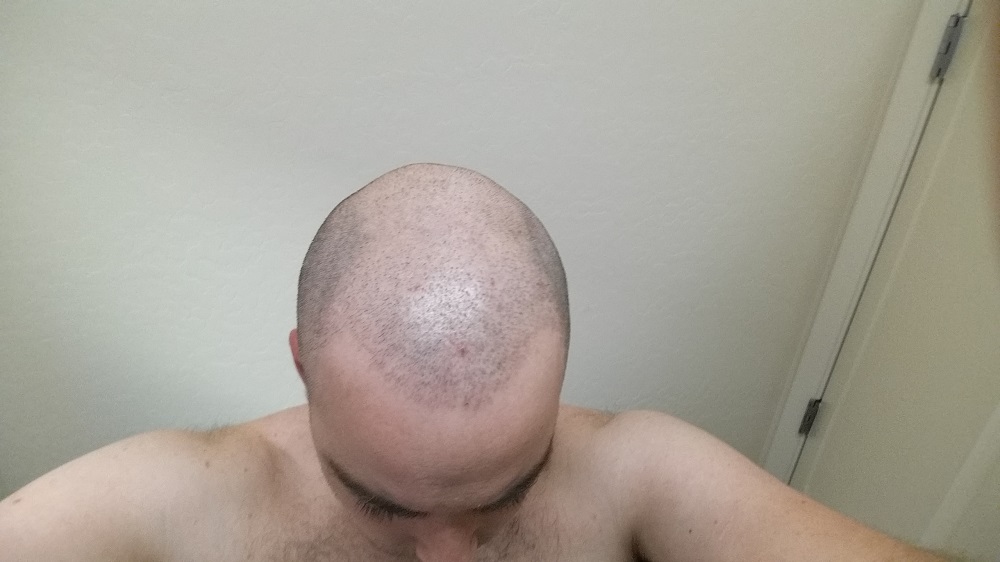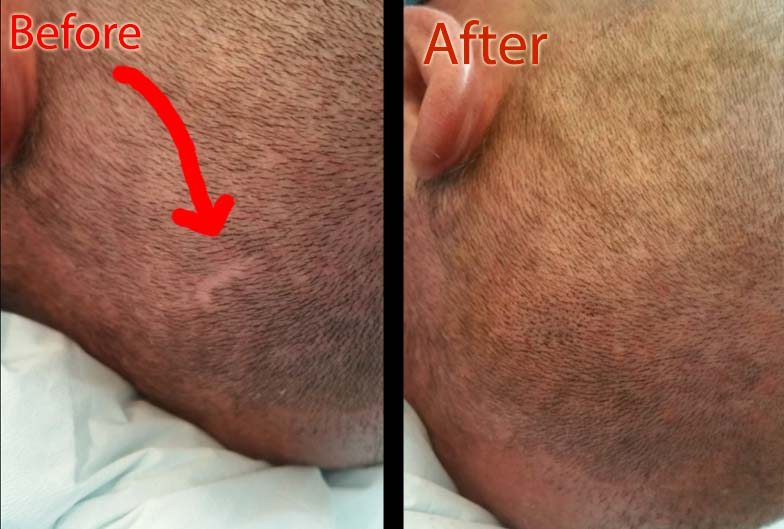Also known as pattern baldness, androgenetic alopecia affects a majority of men. In women, pattern baldness is known as androgenic alopecia. the main cause of such hair loss is the genetics. Your father or mother may have transferred the gene to you, making your follicles sensitive to DHT and begin to shrink. This results in hair thinning. Although common among women, alopecia is less visible in the female segment.
Androgenetic Alopecia Treatment
Numerous therapies are available to treat hair loss. This includes medications, topical, invasive, and noninvasive therapies. Depending on the extent and severity of the problem, you may want to consult with a doctor regarding your hair loss.
Minoxidil for hair loss
No doubt, minoxidil is one of the most popular hair loss treatment options out there. But it is effective as long as you are taking the treatment. As soon as you stop the minoxidil application, it would quickly show up in the form of hair loss or thinning. Besides, the minoxidil results become apparent only after prolonged and consistent use of the medication for at least 6 months. Worst still, the medication feels sticky and uncomfortable.
Oral Medications
There are a few oral medications, minoxidil included, for men and women. However, the efficacy of treatment cannot be guaranteed as hair loss is not limited to one reason. When genetics are blamed for hair thinning, there is literally no treatment for the same.
Similar to minoxidil, there is finasteride, another oral option. However, there is a risk of birth defects in women taking finasteride for hair loss. it might be an option for postmenopausal women.
Laser Treatment for androgenetic alopecia
The treatment aims to stimulate hair follicles to prolong hair growth phase. The goal is to stimulate hair growth and prevent balding. LLLT devices look like caps and may be a safe and effective way to stem hair loss. However, the treatment must carry on for over 16 weeks.
The treatment can cost hundreds of dollars.
Microneedling
The process involves the use of tiny needles to puncture the skin and trigger inflammation. As a result, it is believed to stimulate hair growth. The treatment can be combined with minoxidil for better results.
Platelet-Rich Plasma Therapy
A dermatologist injects plasma from your blood into different parts of the scalp with thinning or balding patches. This is not a one-day treatment but must be done in a series. The treatment requires regular maintenance to slow hair loss. although PRP shows promise, more research is still needed to support its use.
Surgical Hair Transplant
Another treatment for androgenetic alopecia, hair transplant is the costliest of all. It is more invasive than all other procedures, which involve surgically removing healthy hair from one site and transplanting it to another. Surgery has a long recovery period and may take months to heal.
Scalp micropigmentation for androgenetic alopecia
If you have male or female pattern hair loss, you may want to try out SMP in Phoenix at a reputable clinic. the procedure is less invasive and the recovery period is quick. You don’t need to wait for months for results to show up nor do you need to suffer in pain, unlike a transplant.
Finding the top Phoenix SMP practitioner is the first thing to do. They have had a history of treating clients with androgenetic alopecia. The procedure hides scalp flaws, including balding patches, thinning hair, and receding hairline, and creates an appearance of a fuller head of hair. Get in touch with scalp experts at DermiMatch Clinic in Phoenix.

